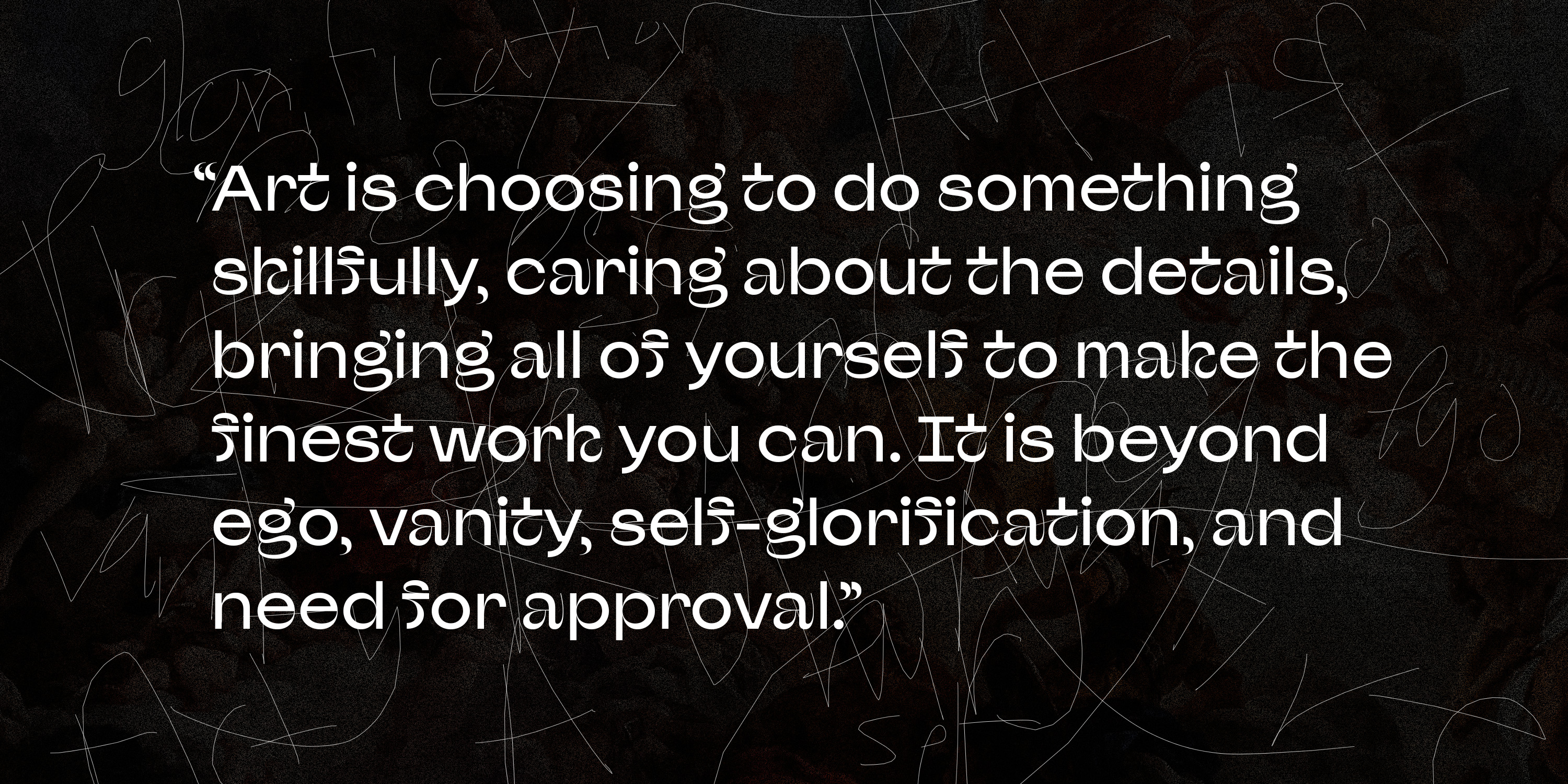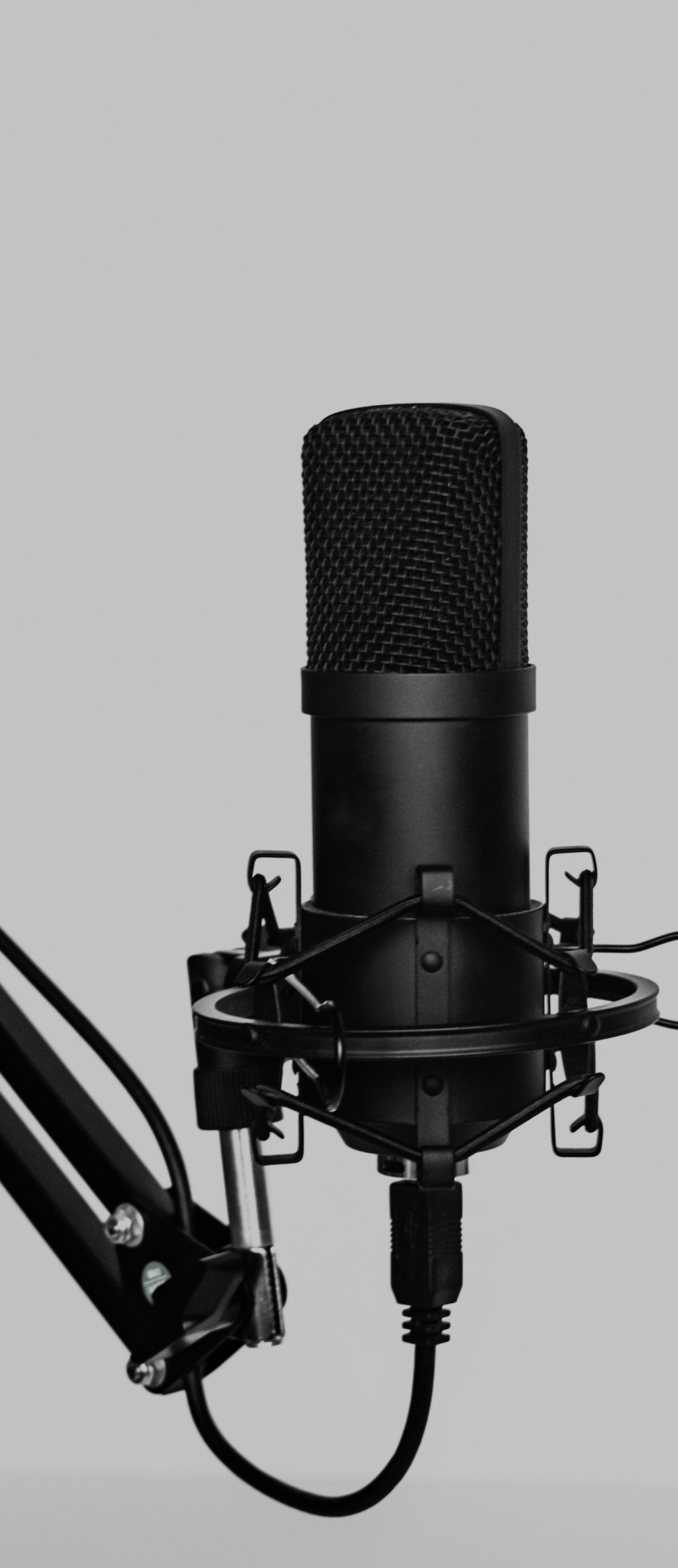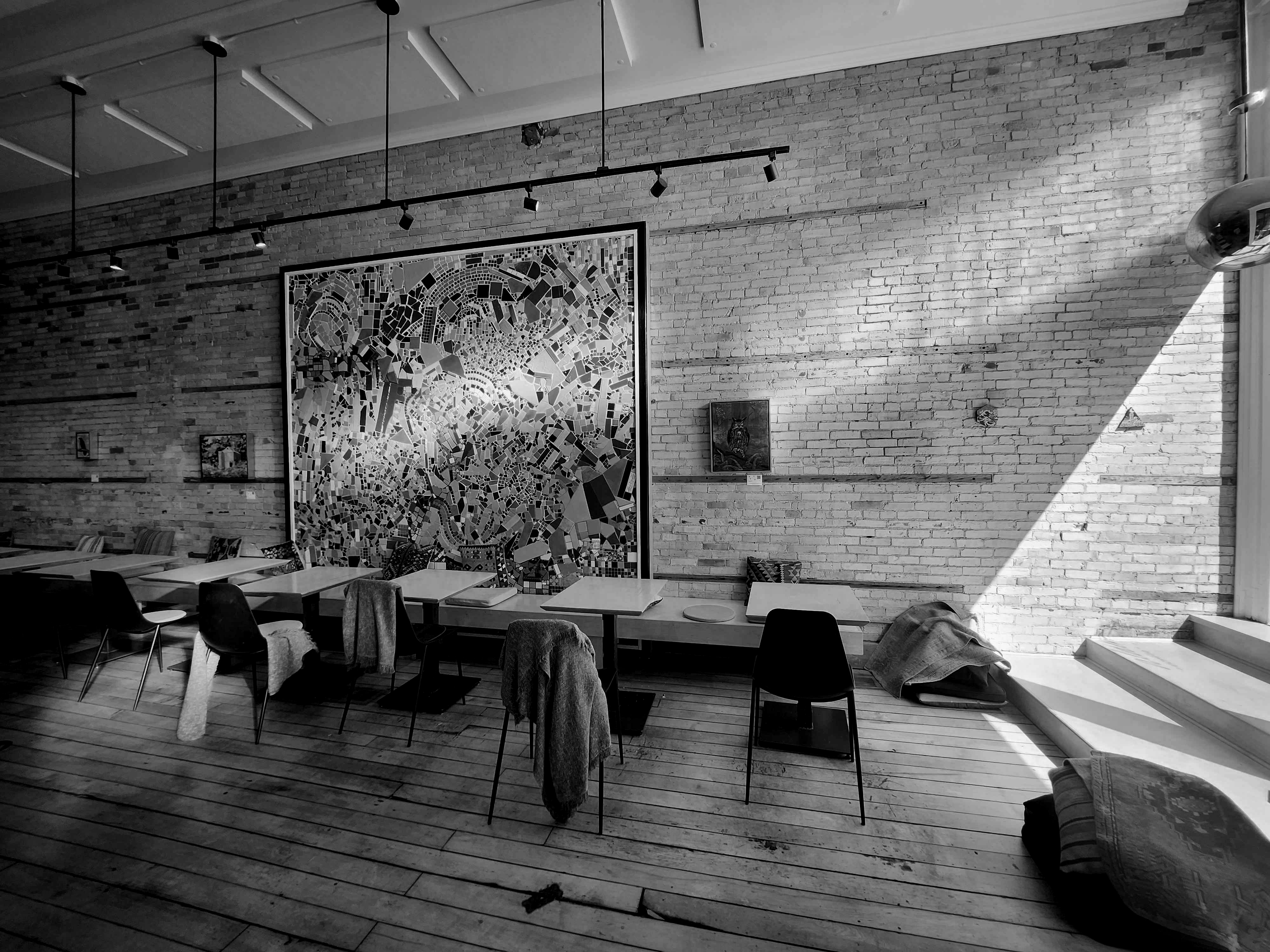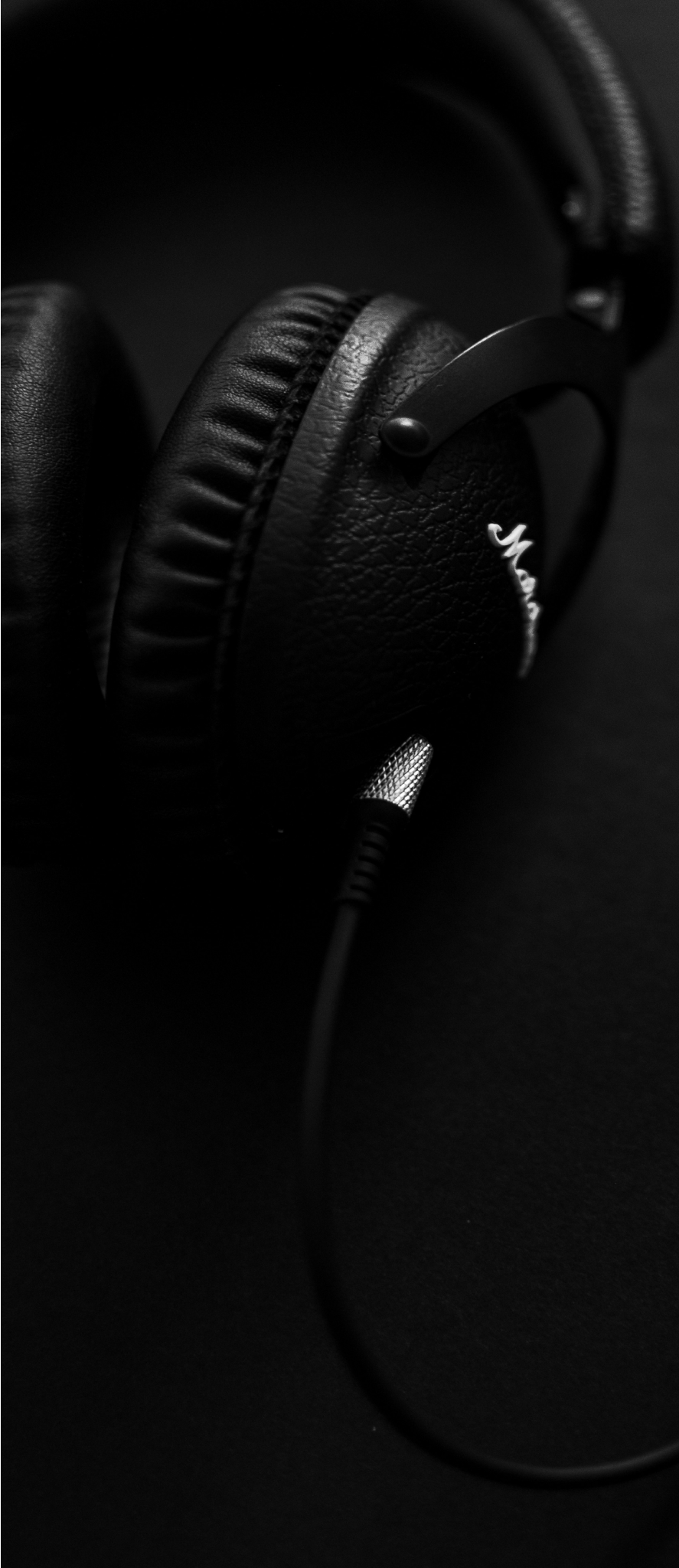
visus veritatis invictae

2024-09-06
Alyn Tran
(✦ ‿ ✦)
Books for Artists & Mind Wanderers
2023 and 2024 were some great years for reading for me. My reignited spark for reading started with walking into a local bookstore with a lovely curated island of books. I'm aware you shouldn't judge a book by its cover, and yet I do. Designers huh? Luckily the first couple of aesthetically pleasing books I picked up were actually good. The insides were as impressive as the outside. These included The Creative Act: A Way of Being by Rick Rubin and The Dictionary of Obscure Shadows by John Koenig. I read both during the same period last summer, switching between one and the other depending on the mood of the moment.
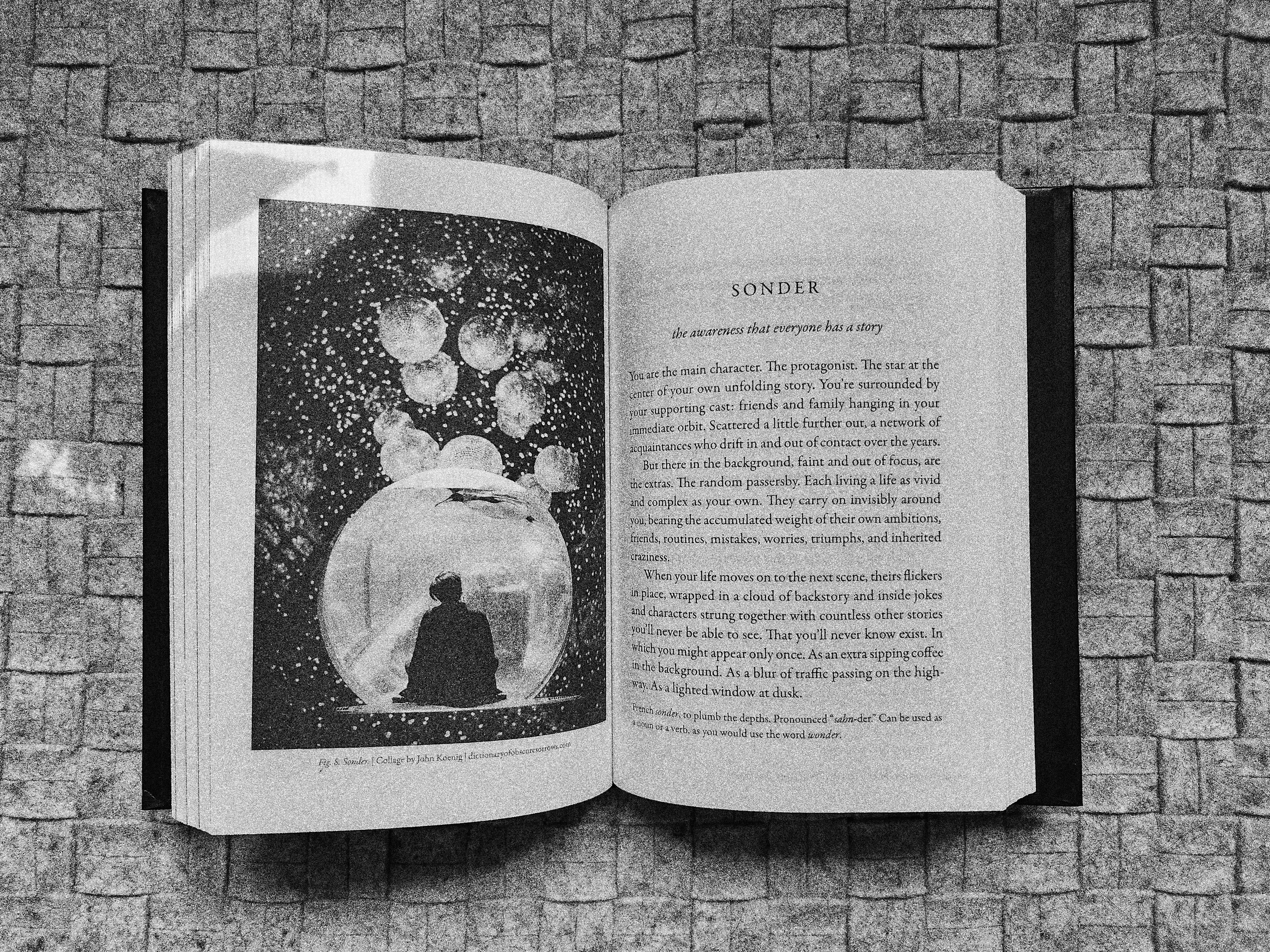
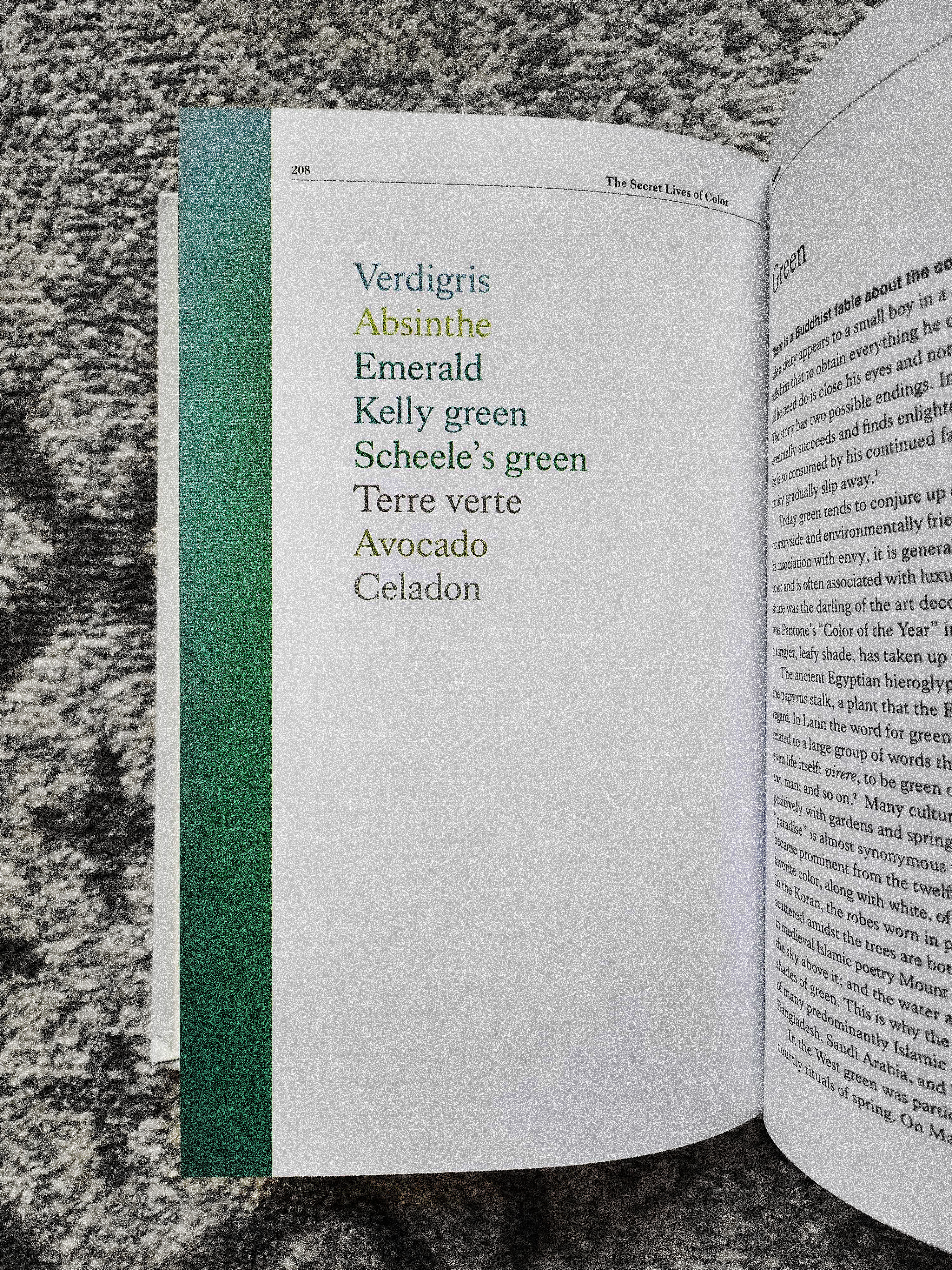
I credit these two books for rekindling my love for reading, as it was a neglected and absent aspect of my life for a while. After finishing these books, I dabbled in some sci-fi and picked up the Penguin Classics version of Dune thanks to the recent movie influence. Over 700 pages later, reading end-to-end of that stunning rich brown and gold cover, and I was looking at other books on the shelf that I had forgotten to complete. If you ever wanted to know the history of Tyrian purple or Mummy brown, which actually involved desecrating real mummies just for their pigment... The Secret Lives of Color by Kassia St. Clair is a fascinating read. There are sections for every major color group from ROYGBIV plus neutrals. Admittedly the book could come across as potentially dry if you're impatient like me, just waiting to get to your favorite color sections. But let's back it up to what drew me into reading again, the back-cover text of John Koenig's New York Times Bestseller, The Dictionary of Obscure Shadows:
sonder
n. the realization that each random passerby is living a life as vivid and complex as your own—populated with their own ambitions, friends, routines, worries, and inherited craziness—an epic story that continues invisibly around you like an anthill sprawling deep underground, with elaborate passageways to thousands of other lives that you'll never know exist, in which you might appear only once, as an extra sipping coffee in the background, as a blur of traffic passing on the highway, as a lighted window at dusk.
There was just something incredibly profound about the image that came to my mind when reading it, you may be thinking "sonder"? Is that a real word? In short, no, but that's partly the premise for the book's existence. Human emotions and experience encompass so much nuance and complexity and yet we have so few words in the English language to adequately describe them. This work is an attempt to define some of those moments and feelings. In short, a beautiful book that's easy to pick up at any time as it's not broken into chapters, but mostly by one-word definitions. A perfect on-the-go book. I'll leave you with another tidbit:
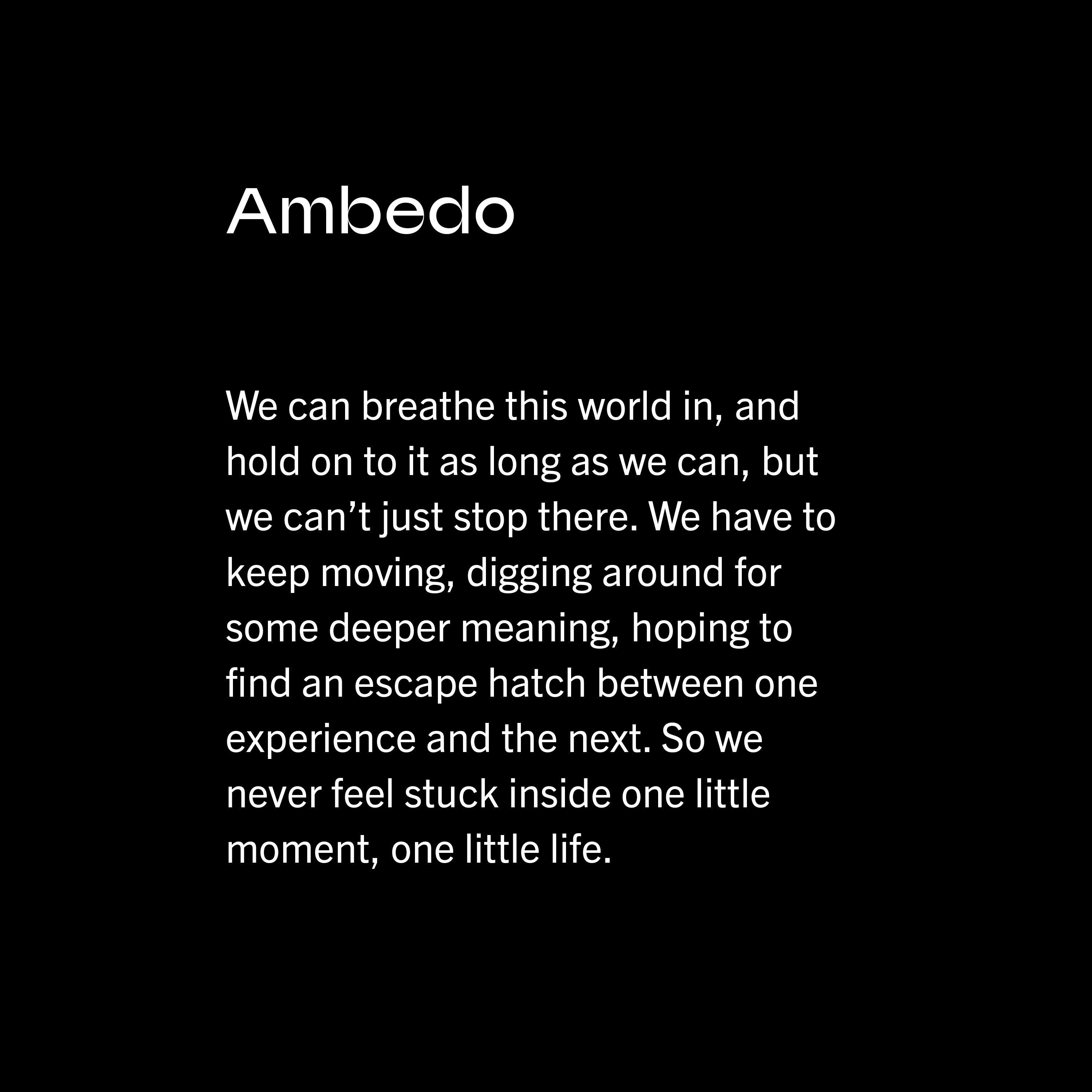
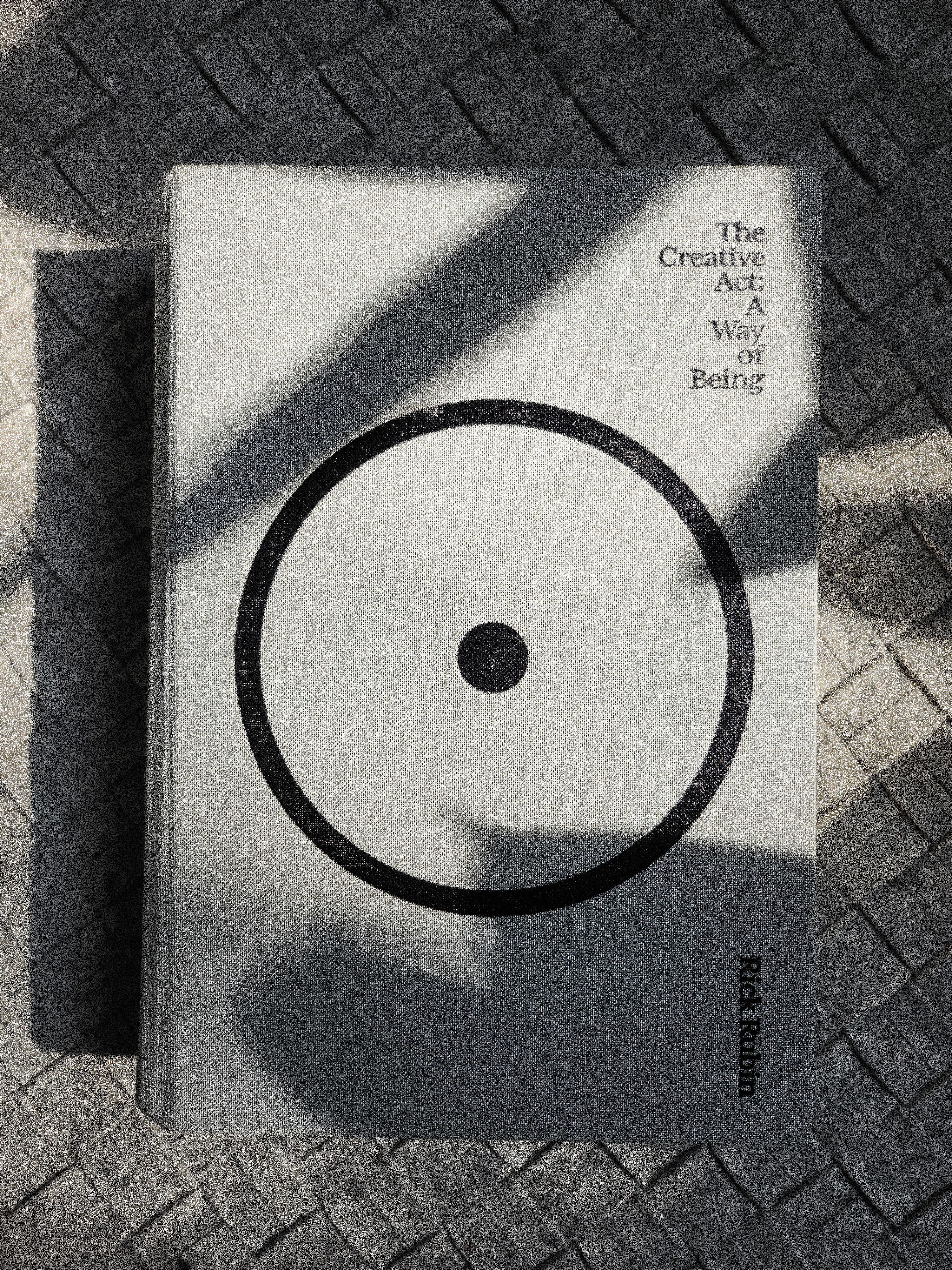
Next up is Rick Rubin's book on creativity. It's one of those books that pretty much needs no introduction. Yet when I saw it, I had no idea who Rick Rubin was. When I shared it on a Discord server, one of the users clued me in, he was a big-time music producer. Despite that clue, I kept reading the book without looking into the person, and in hindsight I was both glad and surprised. There was no ego, no name-dropping in the book, which I appreciate immensely as an artist and designer who has had my fair run-ins with egotistical creatives. The focus of the book was not on music, it was as the title promised, about creativity as a whole. Here's this guy, dropping priceless sage-like advice and musings on creativity and making art and you kind of just took his word for it because it came across as humble.
Before I bought the book, I read the first few pages just to see if it was up my alley, and I just knew then, that this was a book worthy of further reading. There was no author introduction, no back-cover reviews, accolades, celebrity endorsements or anything. It didn't need it. With chapter headlines like, "Everyone is a Creator," "Nature as Teacher," "The Experimenter and the Finisher," "Implications (Purpose)" and "What We Tell Ourselves," was more than enough to have me intrigued. I don't want to give too much away, but if you're in a creative field or a job that requires creative problem solving, it is absolutely worth the read.
There's a wealth of knowledge and inspiration recorded in these pages just waiting to be absorbed, you just have to find the stuff that jives with you. Books are a lot like music, what I love, you may not, and vice versa. Regardless, I encourage you to head out of your bubble and muse in some books. It's how I find stuff like this:
Life will break you. Nobody can protect you from that, and being alone won't either, for solitude will also break you with its yearning. You have to love. You have to feel. It is the reason you are here on earth. You have to risk your heart. You are here to be swallowed up. And when it happens that you are broken, or betrayed, or left, or hurt, or death brushes too near, let yourself sit by an apple tree and listen to the apples falling all around you in heaps, wasting their sweetness. Tell yourself that you tasted as many as you could.
Happy reading!
